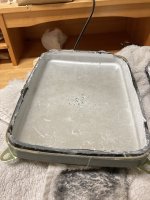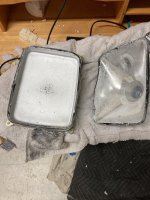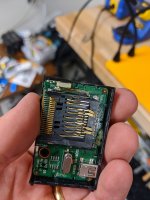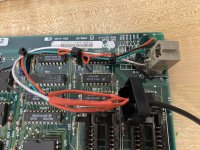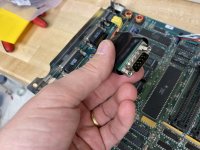When I was a kid, I always wished my Mac Plus had color. Thirty years later...
Really just another Pi in Mac case project. A few things I did differently:
All the external ports are unchanged. You can plug in and use an original keyboard and mouse. (Tinkerboys USB adapters are soldered on the inside of the case)
“Working” floppy drive that accepts special 3D printed floppies with an SD card in it. (See video. A USB Sd card reader, 12 v motor pi HAT for the eject, a lot of patient measurements and 3D printing...)
Sound from the original speaker (Pi DAC/Amp hat)
Reused the original CRT glass front. (Cut open at your own risk!)
Use original power port and switch. (Wired out from the analog board)
Basically I tried to make this look externally as much like the original as I could. (Apologies in advance to those bothered by destruction of internal components on these. But I have restored two other original Pluses so I’m net +1)
View attachment IMG_0500.MOV
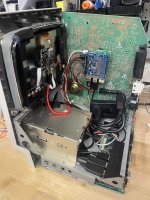
View attachment IMG_0504.MOV
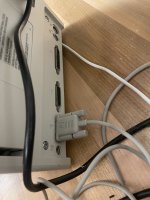

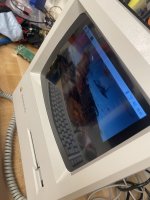
Really just another Pi in Mac case project. A few things I did differently:
All the external ports are unchanged. You can plug in and use an original keyboard and mouse. (Tinkerboys USB adapters are soldered on the inside of the case)
“Working” floppy drive that accepts special 3D printed floppies with an SD card in it. (See video. A USB Sd card reader, 12 v motor pi HAT for the eject, a lot of patient measurements and 3D printing...)
Sound from the original speaker (Pi DAC/Amp hat)
Reused the original CRT glass front. (Cut open at your own risk!)
Use original power port and switch. (Wired out from the analog board)
Basically I tried to make this look externally as much like the original as I could. (Apologies in advance to those bothered by destruction of internal components on these. But I have restored two other original Pluses so I’m net +1)
View attachment IMG_0500.MOV

View attachment IMG_0504.MOV





